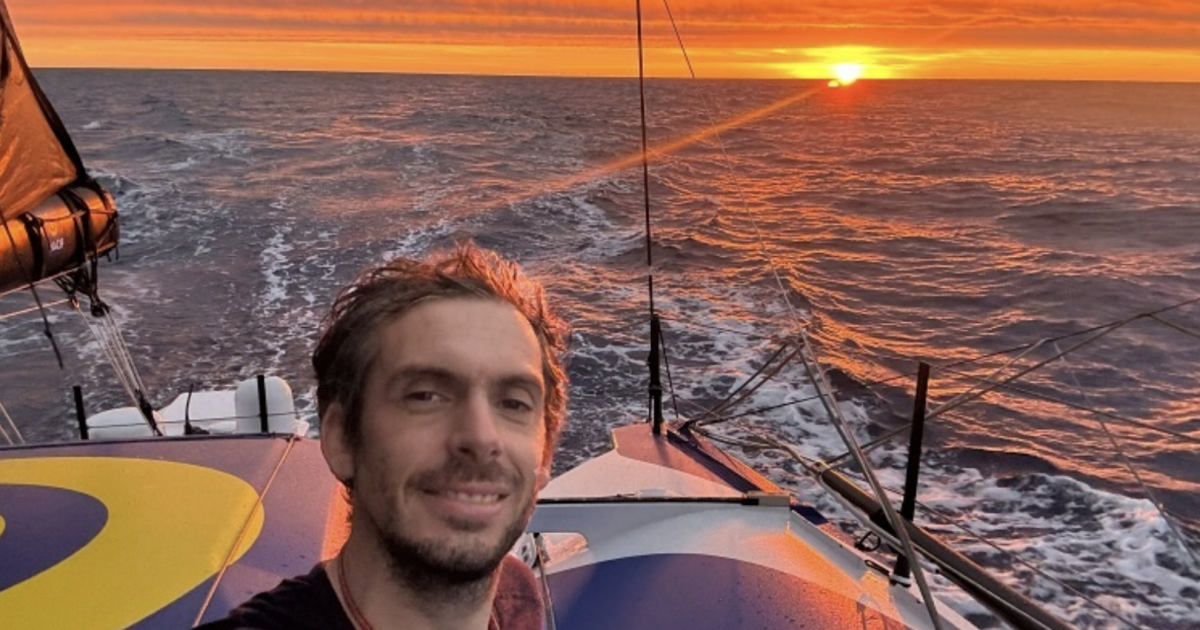Two Near-Death Experiences: What I Saw When I Died
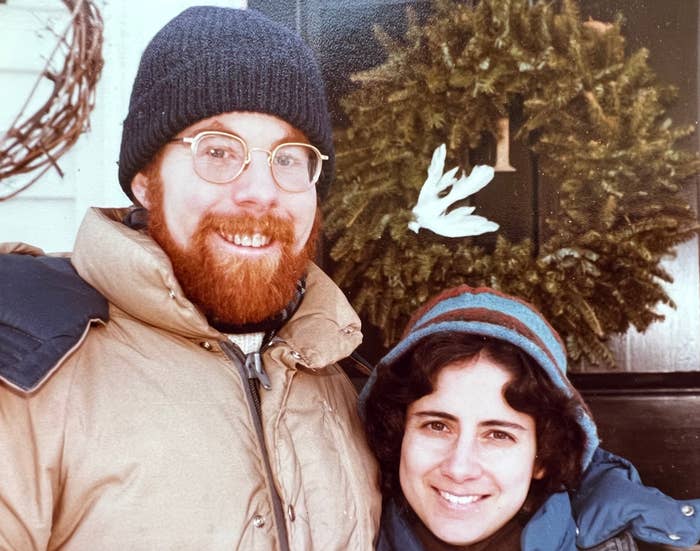
As I stared at a Halloween-like picture of my own skull, including gaping eye and nose sockets, I shivered, shocked by the no-nonsense view of what lay beneath my skin. A dental technician convinced me to get a panoramic X-ray that included my whole head. She took the X-ray, then kept the image displayed above me when she left the room. The panoramic aspect of the shot had distorted my mouth into a wide, toothy grin. I felt as if this future iteration of me carried a message: “Hello dearie, this is where you are headed.”
Squirming in the dentist’s chair, I thought about the other times I’d come face to face with my own mortality. I’ve had two near-death experiences (NDEs), although I wouldn’t have known to categorize them that way when each happened. The occurrences had distinctly different features, but years later, when I read books that summarized information on thousands of NDEs, I noticed they described events like those I’d gone through.
My first NDE happened just after I went into early labor with my oldest child. I wound up at the hospital with stroke-level blood pressure, low platelets, liver dysfunction and seizure activity. The midwife was fumbling with a catheter when the obstetrician yelled, “Get her into the O.R. now!” Then, I found myself, or the essence of myself, floating in the corner of the labor room, near the ceiling, looking down on the scene, as I was rushed to the operating room and they tried to resuscitate me and save both me and my son. Weirdly, I felt no emotion.
The doctors took our tiny baby by cesarean section. For various reasons, he landed in the neonatal intensive care unit for about two weeks. They kept me in a medically induced coma for three days while trying to stabilize all that had gone awry. I continued to battle health issues for months. Except for my husband, Bruce, I don’t remember telling anyone about my out-of-body experience. I didn’t know what to make of it nor how to talk about it. Instead, I focused on care of our fragile son and regaining my own health.
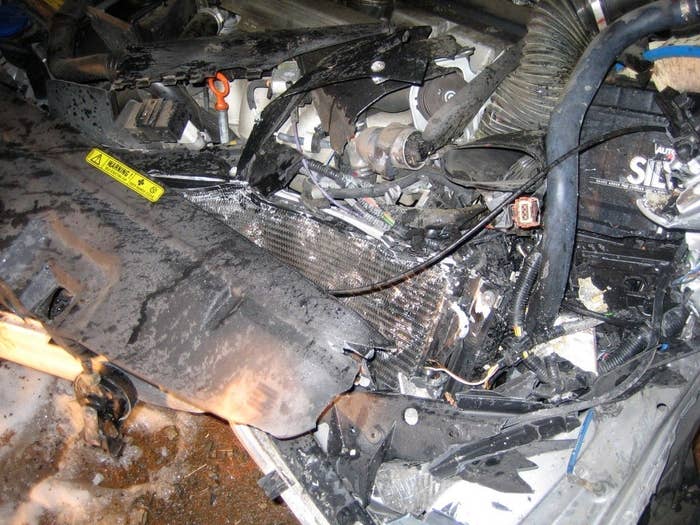
My second NDE occurred on a bitterly cold Valentine’s Day, so cold I put on my mother’s wool Chesterfield coat, a thick, cumbersome garment that I’d only worn a couple of times. Bruce and I planned to meet two other couples downtown at a restaurant called The Local. As we approached a busy intersection, my last memory was of feeling thankful when I spotted a brilliant green traffic light ahead. The stop at those two roads had always seemed like an eternity. We were running late, so I felt happy that we could breeze through.
We didn’t breeze through. Later, I learned that a man with no license, driving an SUV with no registration, plowed through the intersection, crossed into our lane, and smashed into us head-on. Based on the damage caused by the impact, his car had to be going more than 40 miles an hour. The collision turned our Volvo into rubble. The airbag hit my husband, breaking his glasses and cutting his forehead. When Bruce, who is a physician, noticed me slumped and unconscious, he attempted to check my vitals. After he couldn’t find signs of breathing or a heartbeat, he panicked and repeatedly yelled my name.
Immediately after the crash, I had no awareness of myself as a unique entity — no cognition of having a distinct identity. Instead, I felt utterly and profoundly peaceful in a way that I’d never sensed. To my core, I felt safe and at home. I seemed to be immersed in glowing yellow. I don’t know how to describe the sensation except that I felt as if I’d been dropped in a vat of pudding, but in a good way. I didn’t feel dead. If anything, I felt blissfully alive.
I experienced a comforting euphoria and sensed my essence shimmering in the middle of a life force. As I write these words, I am reminded of string theory, the idea in theoretical physics that the whole universe is made of tiny, distinct strands, closed loops of energy, each string vibrating at its own frequency. Perhaps, at that moment, I became a closed loop of energy, both part of and distinct from the rest of the universe.
When I heard Bruce’s voice calling my name from a vast distance, I felt annoyed. I wanted to stay put. To be honest, I don’t remember making a clear decision to go back. At that point, I’m not sure I felt that I had enough agency — that I possessed a “self” capable of making that decision.
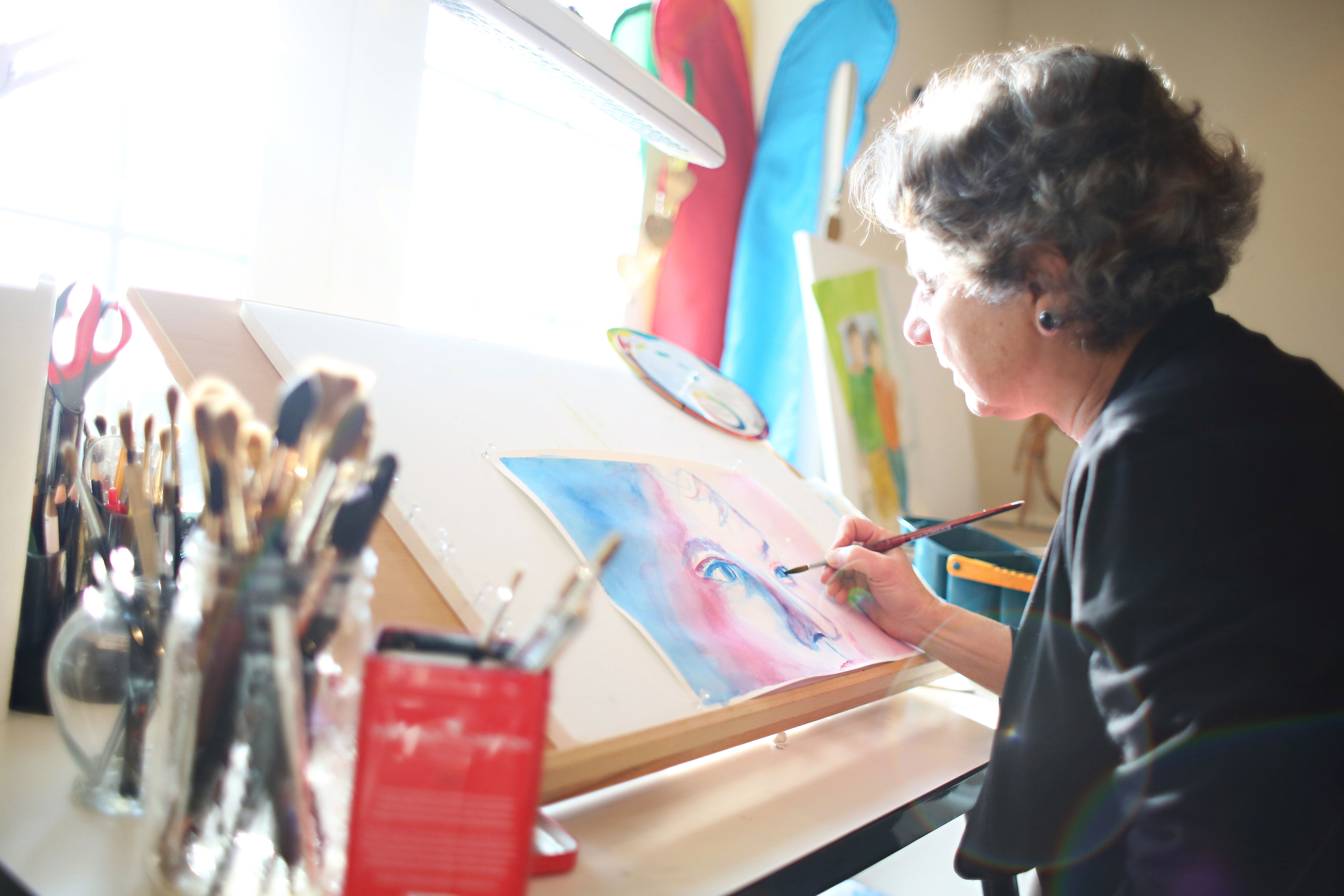
Over the years I’ve become weepy when I remember my strong resistance to returning. Maybe the source of my tears is rooted in guilt, that my reluctance to return to my earthly body represents a betrayal of my loved ones, preferring the yellow pudding place to a continued life with them. Or maybe the weepiness is simply longing for the peace of that other home I felt.
When I finally did return to my body, inexplicably, I felt no pain. It took me a while to process that we’d been in an accident and that I was staring at the crushed interior of our once sturdy Volvo. I saw crooked headlights from the other vehicle shining into the interior of our car at a disturbing angle. Surreal light illuminated tiny, glimmering particles in front of me. Maybe they were parts of the deployed airbag or maybe a substance emanating from the engine?
Outside the car, smoke or steam filled the air, I don’t know which. I saw the dark shape of a person with long hair running past the front of our car, waving his hands and yelling. Later, I found out this was the driver of the other vehicle. I looked beside me to see Bruce, with blood covering his pale face. He seemed to be speaking, but I couldn’t understand his words.
My next memory is of a man opening the passenger door and talking to me. To this day, I can picture him clearly: in his 40s, curly hair with a receding hairline, button-down dress shirt and no tie. He looked like a guy you’d find working behind a desk in some office. He said, “I’m going to release your seat belt, but I don’t want to move you unless the engine catches fire. I will stay with you until the ambulance arrives.” Then, the man knelt outside the car and held my hand until the emergency technicians showed up and strapped me onto a gurney.
Long after the crash, while we were comparing notes, Bruce told me he had no memory of the man and said he never saw anyone except the EMTs arriving. After hearing this, I wanted to track down emergency personnel at the scene to both verify the existence of the guy and see if anyone took his name so I could thank him, but we were never able to find any witnesses.
I wound up with deep bruising to my ribs. For months, every time I breathed, I felt as if my chest were encased in barbed wire. I went through months of therapy to reduce the large hematoma that lay over my heart. I’ve often wondered if my mother’s sturdy Chesterfield coat saved my life that night.
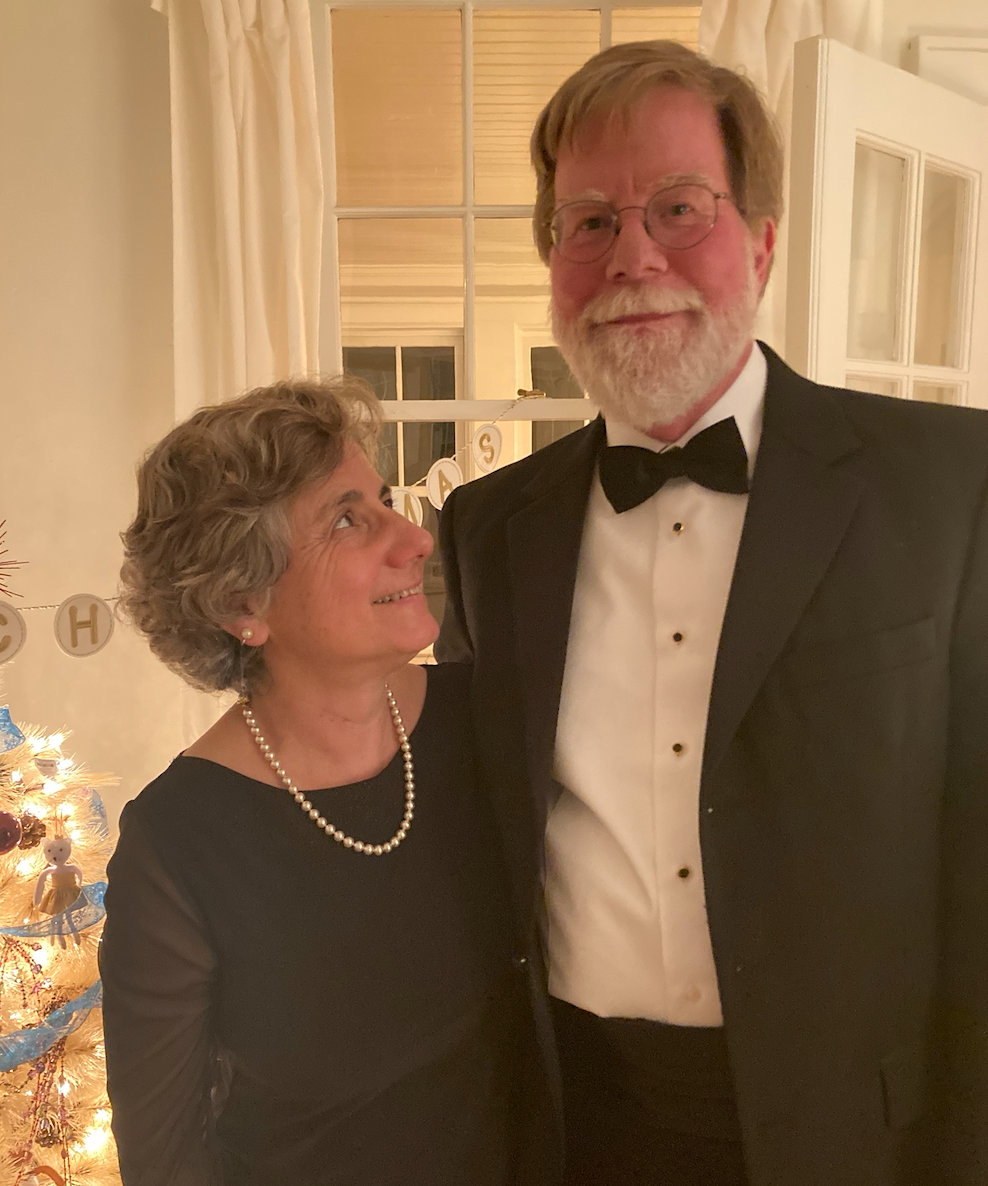
Once again, except to Bruce, I made no mention of those otherworldly experiences at the accident site. I wanted to protect my immediate family from knowing how close I’d come to death, so I didn’t mention details to them. In the weeks following the crash, I said nothing about my NDE to friends, still unsure of how to name and frame my experience.
I am naturally a skeptical person. My former work as the co-director of a research and resource center in the department of maternal and child health at Dartmouth Medical School required me to think pragmatically. That wasn’t a stretch because it’s how I’m wired. Back in New Testament days, I’m sure I would have been just like Thomas, insisting that I touch the wounds of Jesus before I could believe he came back from the dead.
It took my having two NDEs to make me believe they exist. Would I have been convinced if I hadn’t experienced them? My guess is no. I don’t know if everyone needs to have an NDE to fully understand them. I just know it’s the case for me.
So, what does a “I have to see it to believe it” person do with experiencing two NDEs? They didn’t fit into my idea of how the world works. I kept quiet about them until two years ago when a friend lent me a book about NDEs written by a physician and researcher at the University of Virginia. After I read that book, I checked out several other studies on the topic. I felt both shocked and comforted when I realized that so many of the accounts in scientific literature matched my experiences. Having a name for what I went through and knowing that many people shared similar experiences has made me more willing to tell people about my NDEs.
Even though I am comforted that they exist, I’ve neither met nor sought out a person who has had a near-death experience. Perhaps I fear that someone might try to pressure me into believing whatever explanation they have worked out regarding NDEs. I’ll probably change my mind about this, but right now I’m not ready.
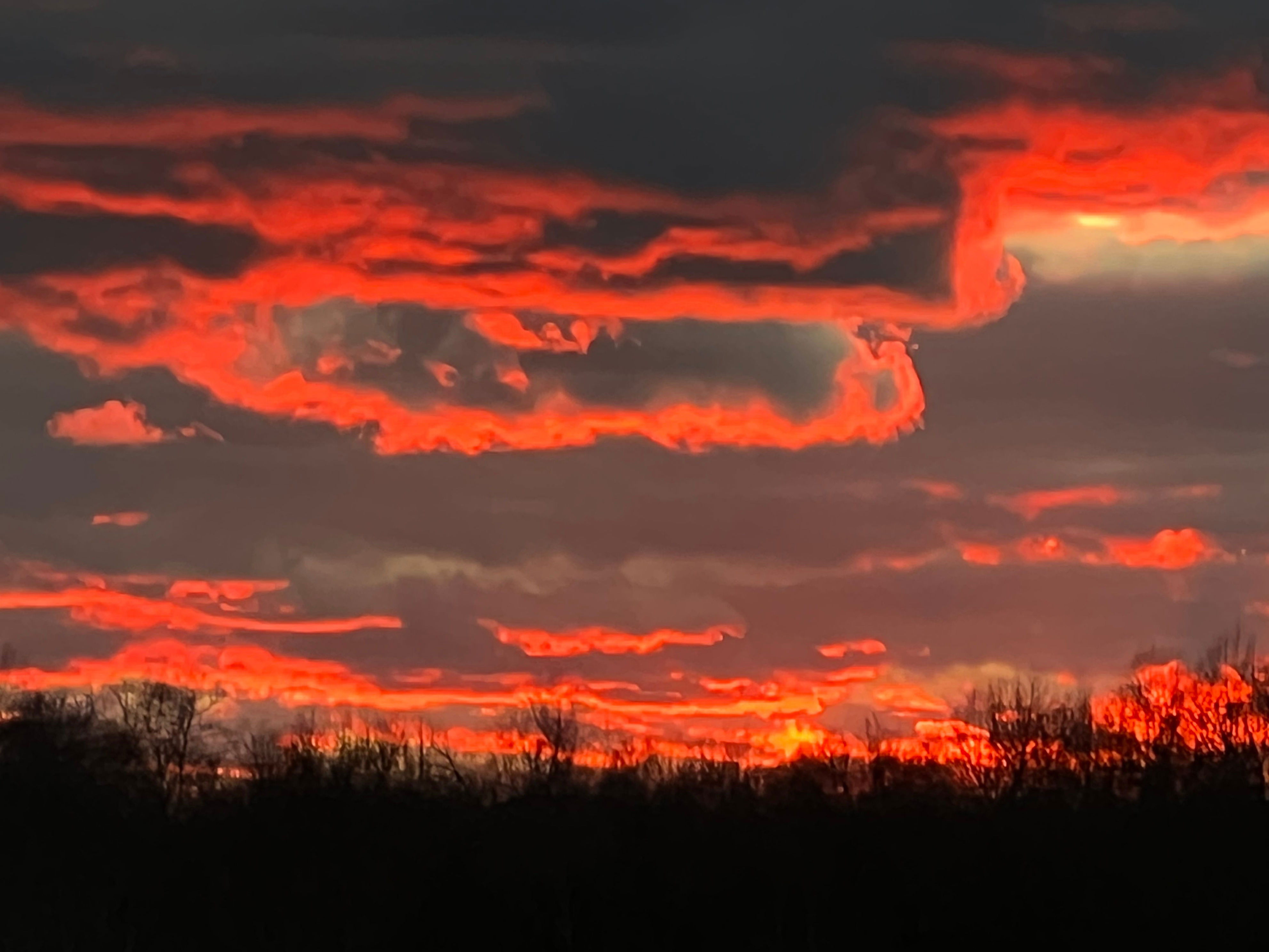
I hesitate to draw any firm conclusions about my NDEs. I know that an experience in the past doesn’t guarantee how a future experience will transpire. However, I am reassured that I felt no emotional distress or physical pain either time. Whether it’s rational or not, I don’t dread my precise moment of death. (Of course, that sentiment might change at any time.) My faith in God is neither based on nor necessarily bolstered by the NDEs. I am grateful that I survived each event and remain curious about what the experiences might mean.
So far, if anyone I’ve told about my NDEs has doubted my words, no one has said so outright. Mostly, people respond, “I’m so glad you are alive” or “how mysterious.” If anyone ever does accuse me of fabricating the events, unless they were ridiculing me, I don’t think I’d care. I’m not selling anything, nor am I trying to prove anything. My memories are clear and precise. When I compare them with journal entries from the time, the exact details of those memories have persisted. I know what happened and am not bothered by anyone else’s incredulity.
As a child, I was told exactly what I should believe regarding what happens after you die. I grew up attending a tiny church mostly made up of my Protestant Italian American family members. My grandfather and uncle gave the sermons, my aunt led the singing, and my father served as a deacon. As best I can remember, they firmly believed and taught me that when you passed, you fell asleep until resurrection day, when you’d wake up to either happy news based on your good behavior or a reckoning because of your bad behavior. They didn’t believe in hell, so the reckoning never included being sent there.
I have deep respect for my family members and their beliefs, but over time, my spiritual journey headed in another direction. I’ve attended a variety of other Protestant denominations, all of which had slightly different takes on the afterlife. To this day, I’m not sure about what happens after death, but am not sweating the details.
These days, I’m less religious but more spiritual. I worry less about following rules and pay more attention to listening for guidance. I feel more connected to other people but not anxious about and responsible for convincing them to adopt one set of beliefs or another. I have no doubt about the existence of God but now have a more expansive, inclusive and flexible view of how God operates. I’ve let God out of the box I’d created. Paradoxically, this makes my life feel both terrifying and exciting.
My NDEs brought the finiteness of life into sharp focus. I rarely procrastinate because I am never completely convinced that I will be given the gift of another tomorrow. Although that outlook may seem gloomy, it’s not. That conviction has caused me to pursue my passions, to learn how to paint portraits, figure out how to play my mandolin up and down the neck, and to save up and buy a 22-year-old pickup truck so I can transport my bike and kayak more easily on adventures. Keenly aware that my life will reach its end at a specific time, I feel a nudge to squeeze the most out of every minute.
Sometimes when I’m slammed by the slings and arrows of my daily life, I feel wistful, yearning for that vat of yellow pudding — a place that seemed more like home than any other on Earth. Yet, I’ve never felt quite so wistful that I wanted to make an immediate departure.
Although happiness often eludes me, when I remember to notice, I experience sparks of joy each day — like when I eat a thick slice of Sicilian pizza straight out of the oven or watch a sunset burn orange to purple over our meadow, or when I have a soul-nourishing talk with a close friend while kayaking on Ivy Creek. Although I’m curious and cautiously optimistic about what lies ahead, for now, I’m content to snuggle into all the bad and all the good in my life here.
Early this morning, out of the blue, a close friend (who did not know I was writing an essay on this topic) texted me an Elizabeth Barrett Browning quote that beautifully summarizes my current feelings: “Earth’s crammed with heaven, And every common bush afire with God…”
